You might think that those guys that are responsible for publishing books have an innate knack for spotting the best manuscripts and stories, and if anything needs to be rejected, it’s often for a good reason.
How naive of you, because that’s not true at all. Here the seven best examples of where the publishers didn’t spot the best talent and decided to be assholes about it to boot.
1.
Harry Potter and the Philosopher’s Stone by JK Rowling
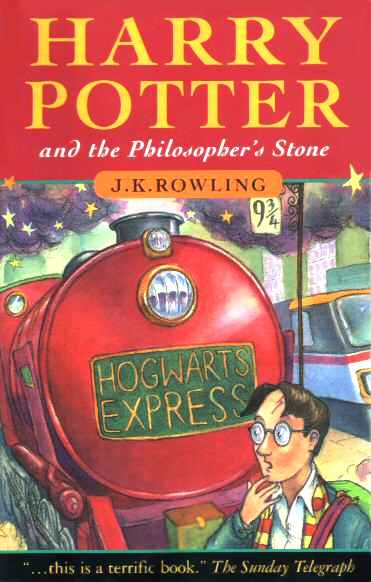
Why It Had Trouble:
That’s right; JK Rowling was rejected by 12 publishers. The problem with children’s books in the 1990s was that the market was saturated. There were so many children’s novels they weren’t viewed as being profitable. Many publishers enjoyed the story, but they didn’t think there was a market for more children’s fantasy novels. Rowling was incredibly poor and was raising a baby daughter; in fact, she was so busy she used to walk around Edinburgh until her daughter fell asleep so she could find time to write. The novel was also rejected because it was too long for children. After all: in an era of video games and cable television, what child has the time or patience to read such a large novel?

How It Was Finally Published:
After many rejections ,Harry Potter and the Philosopher’s Stone was published, yet Rowling was told not to expect to make any money off of the book deal and was only offered a £1,500 advance. Rowling at the time didn’t have enough money to live off and had to apply for a government grant of £8000 in order to buy a word processor to type the Chamber of Secrets. Only three days after the Philosopher’s Stone was released, Scholastic Publishers offered Rowling £100 000 for the publishing rights (the largest in history at the time). Since then, Harry Potter has since made Rowling one of the richest people in the UK and spawned a massively successful movie series. We guess the publishers were right, no one reads children’s books anymore. Except these people:
and these people:
http://www.youtube.com/watch?v=DOcdC1H6ynk
2.
Animal Farm by George Orwell
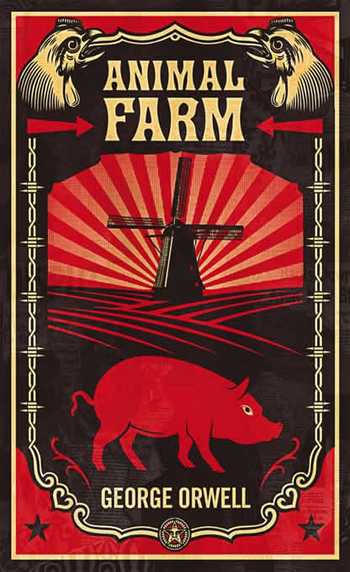
Why It Had Trouble:
Perhaps one of the most famous satires about an authoritarian government was rejected by publishers. But not just by any publisher, but by TS Eliot, one of the most famous poets of the 20th Century. In the recently released rejection letter, Eliot wrote “We have no conviction that this is the right point of view from which to criticise the political situation at the current time,” adding that he thought its “view, which I take to be generally Trotskyite, is not convincing”. The reason was in 1944 Joseph Stalin was a good friend of the US and Britain and vital in the effort to end World War II.
Also, the novel made Snowball, or Trotsky, a hero at a time when that was extremely unpopular. Eliot even defended Stalin, by proxy, in his rejection letter by arguing “After all, your pigs are far more intelligent than the other animals, and therefore the best qualified to run the farm – in fact there couldn’t have been an Animal Farm at all without them: so that what was needed (someone might argue) was not more communism but more public-spirited pigs.” This of course could be interpreted as Eliot defending Stalin, or other authoritarian governments, as long as they benefited the entire community. What perhaps Eliot missed is that Stalin was a madman who terrorized his own people, caused massive starvation, and almost brought on a massive nuclear holocaust.
How It Was Finally Published:
Fortunately for readers, the war was winding down, and relations between the west and the USSR began to immediately sour (perhaps unfortunately for the rest of the world), making Animal Farm topical. The need to keep Stalin as an ally soon waned and Orwell’s book was accepted for publication. The book received almost universal acclaim and Orwell went on to write another dystopian novel, Nineteen-Eighty Four. And although the allies were initially skeptical of making fun of the Soviets, soon Americans became much more comfortable with viewing Communists more critically.
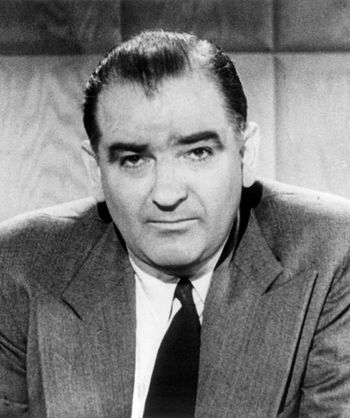
Maybe Joseph McCarthy was just an Orwell Enthusiast?
3.
MASH by Richard Hooker
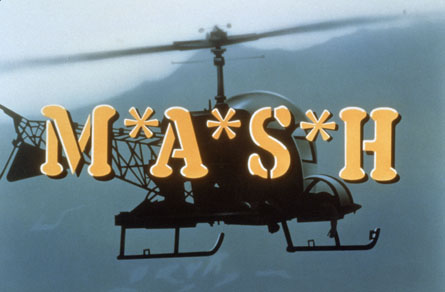
Why It Had Trouble:
Dr. Richard Hornberger was drafted into the Korean War and served in an army field medical hospital. After the war ended he returned home and after 8 years he completed a novel about his time in Korea as a military surgeon. It was rejected by a dozen different publishers. The main reason was that the book was deemed too silly for such an important topic as the Korean War. Publishers couldn’t believe that army doctors would act as “unmilitary” and insubordinate as the book described, despite the fact Hornberger based the novel on his experiences during the war. Evidently, among war surgeons it was commonplace to make fun of “the brass” for their inept leadership.
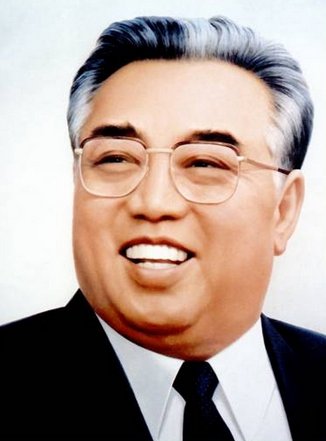
Especially since they were fighting this guy
How It Was Finally Published:
Timing is everything in publishing and after numerous rejections, the book was accepted in 1968. At that time, America was in the middle of Vietnam, a highly unpopular war, and a book that made fun of the futility of war was acceptable for the general public.
Hornberger, who used the pseudonym “Hooker” in reference to his love of golf, later sold the movie rights for $100,000. It led to an Oscar winning movie and then a TV series that lasted over ten years. More importantly, it started to popularize satire of the military, perhaps making the baby boomers, and subsequent generations, much more reticent to support war (not including the wars in Iraq, Afghanistan, or the Star Wars trilogy). The ironic part though is that Hornberger did not intend the book to be a political statement or be against war. Hornberger was a conservative Republican who was later disappointed with the TV show.
4.
The Diary of a Young Girl by Anne Frank
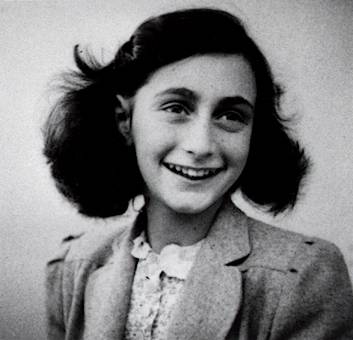
Why It Had Trouble:
After surviving the holocaust, Anne’s father, Otto Frank, was released from Auschwitz in 1945. He then went about trying to discover what happened to the rest of his family. Unfortunately, his daughters, Anne and Margot, didn’t survive the Bergen-Belsen concentration camp. What Otto did find was Anne’s diary and a series of notes she wrote while hiding from the Nazis. Otto Frank was so moved by his daughter’s journal, and her desire to be a writer, that he tried to have it published. It was initially rejected. That’s right, this hallmark of history and Nazi atrocities was REJECTED by publishers in 1950. Can anyone think of a better account about a young Jewish girl growing up in a time of repression and despair, yet still with the wide-eyed innocence of a child?
The publishers thought the book was dull, and had far too much family infighting (not like there was a reason for emotions to spark to anything). Also, the publishers thought the discussion of Anne’s emerging sexuality was too explicit for readers. That’s right, a book about one of the greatest genocides in human history is boring, but add a bit of sex, and it’s too risqué.
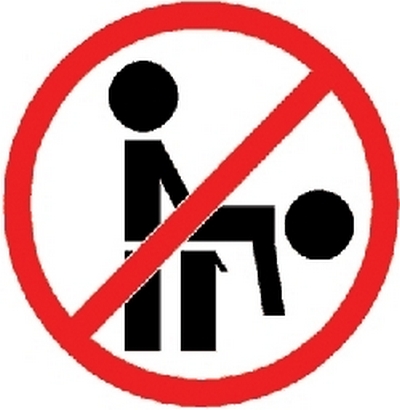
How It Was Finally Published:
Otto Frank tried offering two different versions of the diary – one in its original form as we know it today, the other without any mention of Anne’s sexuality. The full version was finally accepted by a publisher in the UK in 1952 where it met with critical praise but little success. However, it was popular in France, the United States and, oddly enough, Germany and Japan, two of the major axis powers in WWII. Since its release, it has received countless acclaim by poets and scholars. The former First Lady Eleanor Roosevelt even provided the forward to the first American publication, despite the diary’s flagrant discussion of sex.
5.
And to Think That I Saw it on Mulberry Street by Dr. Seuss
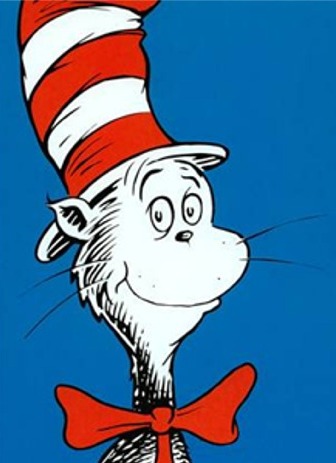
Why It Had Trouble:
Theodore Geisel (Aka Dr. Seuss) had a difficult time publishing his first book in the 1930s. Geisel was already a well established poet and political cartoon author, yet this beloved author’s book was rejected by 27 publishers for being too silly for young readers. After all, children are rarely silly. Up until that time, Dick and Jane novels were extremely popular.

Authorities thought that children books should teach them skills, like health, time management and a strong work ethic. A book about weird creatures that rhymed made-up words was simply too much for publishers in the 1930s to handle. The book criticized as being nonsensical. Ted Geisel almost burned the manuscript he was so frustrated with rejection.
How It Was Finally Published:
In 1937 it was finally accepted for publication. His works have widely been applauded for their contribution to early learning. Interestingly, the main criticisms of Dr. Seuss’ first work – the bizarre words and rhymes – have been recognized by educators as an important part of developing early language skills. Geisel would later use his popularity for political commentary. He used his fame to criticize isolationism prior to World War II, and to *ahem* depict all Japanese-Americans as traitors.
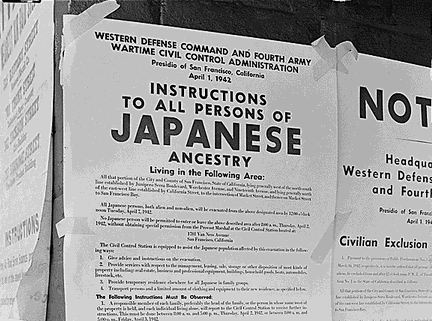
After the war, he went on to write some of the most beloved children’s stories of all time. Imagine your childhood with no Cat in the Hat and no Green Eggs and Ham, if you can… Sam-I-am.
6.
A Confederacy of Dunces by John Kennedy Toole
Why It Had Trouble:
John Kennedy Toole was faced with continual rejection from publishers when he tried to have his manuscript published. Simon and Schuster wrote a note that the book: “isn’t really about anything” due to its unusual style and subject matter. Toole didn’t take the rejection very well. Although he tried teaching college courses, he also started drinking heavily and began suffering from severe migraines. After the assassinations of Robert Kennedy and Martin Luther King in 1968, Toole became increasingly paranoid.
Culminating with constant rejection, Toole ended up taking an extreme step by committing suicide at the age of 31. That would have been the end of the story, if it wasn’t for the fact he left several copies of his manuscript lying around.
How It Was Finally Published:
Toole’s mother found a copy of the manuscript and decided to try to get the published again- 11 years after the death of her son. This was long before Seinfeld came along and books about nothing were frowned upon. Many more publishers rejected the book, but Toole’s mother kept hounding them. Finally she sent the book to a professor at Loyola University in New Orleans who wrote favorably about the novel, leading to its publication. It went on to win a Pulitzer Prize in fiction and has become a staple of literature from the American South. This book is a lesson to every young man to share his work with someone who will never lose faith: his mother. As Norman Bates once famously stated, “A boy’s best friend is his mother”.
7.
Fahrenheit 451 by Ray Bradbury

Why It Had Trouble:
In 1951, nobody wanted to publish an entire book that dealt with issues like burning books, repression and the absence of critical thought. Bradbury was highly critical of the conformity common after World War II and was highly concerned that it would eventually lead to the degradation of freedom of speech, thought and the media. He also was cautious of the role of technology in alienating people from each other. Bradbury commented:
“In writing the short novel Fahrenheit 451 I thought I was describing a world that might evolve in four or five decades. But only a few weeks ago, in Beverly Hills one night, a husband and wife passed me, walking their dog. I stood staring after them, absolutely stunned. The woman held in one hand a small cigarette-package-sized radio, its antenna quivering. From this sprang tiny copper wires which ended in a dainty cone plugged into her right ear. There she was, oblivious to man and dog, listening to far winds and whispers and soap-opera cries, sleep-walking, helped up and down curbs by a husband who might just as well not have been there. This was not fiction.”
Bradbury was continually rejected by publishers who refused to put it out as a serial because the novel was highly critical of the popular mentality and culture of America in the late 40s and early 50s.
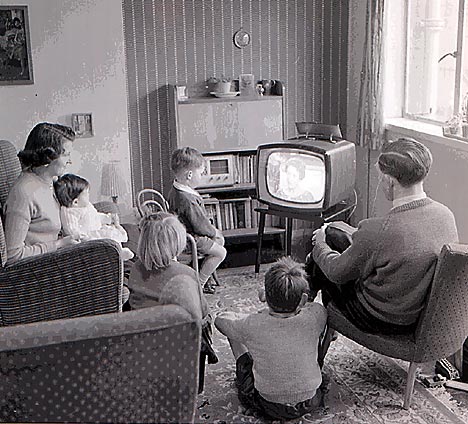
This was hell on earth for Bradbury
How It Was Finally Published:
There was one plucky young publisher by the name of Hugh Hefner who wasn’t afraid of creating a little controversy. We can thank Hef for popularizing this classic. He approached Bradbury about putting chapters in Playboy (which at the time was widely viewed as an obscene publication). The serials were so popular it led to being published as a full book in 1953. Another reason to actually read the articles in Playboy, which everyone does, right? Right? Fahrenheit 451 is now widely viewed as Bradbury’s seminal work. Even George W. Bush awarded Bradbury the National Medal of the Arts in 2004 for his contribution to literature. Hefner has yet to receive similar accolades.
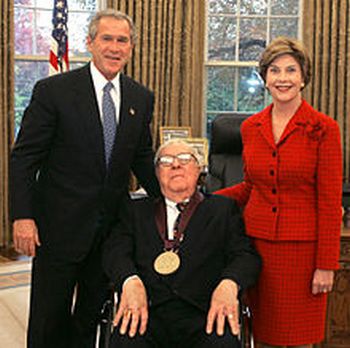
Written by Liam Harrison – Copyrighted © www.weirdworm.net
Image Sources
Image sources:
- – Harry Potter and the Philosopher’s Stone by JK Rowling: http://www.solarnavigator.net/films_movies_actors/film_images/Harry_Potter_and_the_Philosophers_Stone_Book_J_K_Rowling.jpg http://upload.wikimedia.org/wikipedia/commons/2/24/Super_Nintendo_Entertainment_System-USA.jpg
- – Animal Farm by George Orwell: http://obeygiant.com/images/2009/01/poster_animalfarm_lrg.jpg http://upload.wikimedia.org/wikipedia/commons/thumb/f/fa/Joseph_McCarthy.jpg/501px-Joseph_McCarthy.jpg
- – MASH by Richard Hooker: http://1.bp.blogspot.com/-IQwweXvRyD4/TXbtwpqylRI/AAAAAAAAHXo/eGCaxFrxfRM/s1600/MASH-tv-show-15.jpg http://www.globalsecurity.org/military/world/dprk/images/kimilsung_01.jpg
- – The Diary of a Young Girl by Anne Frank: http://www.historyswomen.com/images/anne-real.jpg http://morallowground.com/wp-content/uploads/no-sex.jpg
- – And to Think That I Saw it on Mulberry Street by Dr. Seuss: http://upload.wikimedia.org/wikipedia/en/2/2c/Dick_and_Jane.jpg http://lib10apcc.pbworks.com/f/1285902228/order-posting.gif
- – Fahrenheit 451 by Ray Bradbury: http://www.thebookpirate.com/wp-content/uploads/2011/03/fahrenheit-451.jpg http://28.media.tumblr.com/tumblr_lgzefhdnWx1qg76hto1_500.jpg http://upload.wikimedia.org/wikipedia/en/thumb/c/cd/GeorgeRayLaura.jpg/220px-GeorgeRayLaura.jpg







